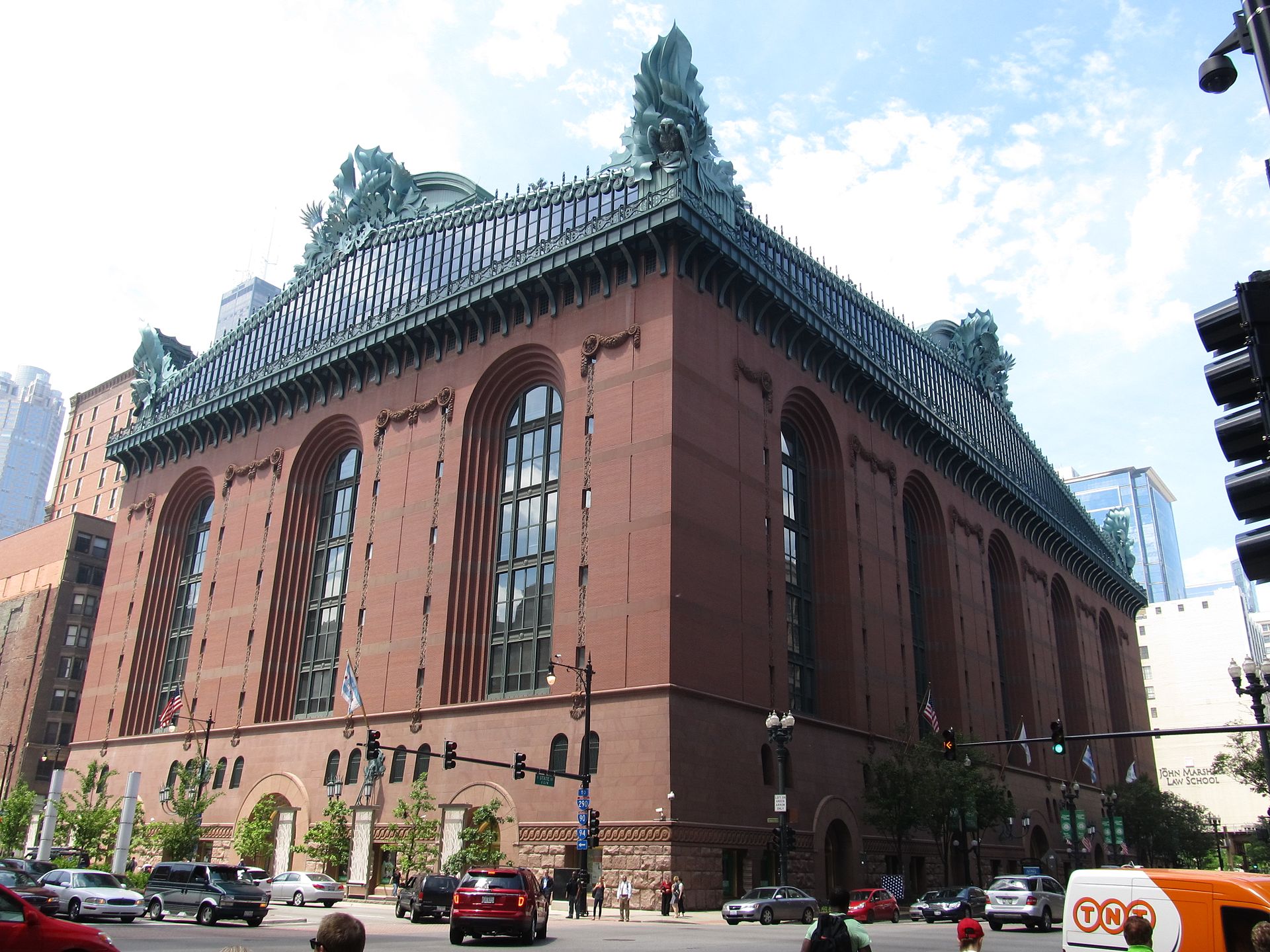Ever since 1969, the American Institute of architects has bestowed a Twenty-Five Year Award that recognizes a “design of enduring significance.” The only exception was in 1970, when no building was found to merit such recognition. And now in 2018 the same. According to the AIA, “Unfortunately, this year the jury did not find a submission that it felt achieved twenty-five years of exceptional aesthetic and cultural relevance while also representing the timelessness and positive impact the profession aspires to achieve.” Really? No building in the 1983-93 window is good enough? Well, perhaps not Philip Johnson and John Burgee’s AT&T Building (1984), or the Beverly Hills Civic Center (1990) by Charles Moore, but Michael Graves’s Humana Building (1985) in Louisville merits an award, surely more so than Pietro Belluschi’s Equitable Savings & Loan Building in Portland (which won in 1982), or I. M. Pei and Partner’s Hancock Tower in Boston (which won in 2011). And what about Hammond, Beeby & Babka’s Harold Washington Library Center (1991) in Chicago, or Venturi Scott Brown’s Sainsbury Wing (1991) in London, considered by many, including the author, to be that firm’s finest work? In 1971, the award was given to Baldwin Hills Village in LA, a planned community whose design team included Clarence Stein of Radburn fame. In the same vein, surely Seaside, which was realized largely during the 1983-93 time frame and kick-started the New Urbanism movement, deserves recognition? But Seaside’s architecture is traditional in design, so is the Chicago Library, while the Sainsbury Wing is —despite Venturi’s protests—postmodern. Whatever the AIA jury thought of these two approaches to design it was petty and narrow-minded to eliminate them out of hand as seems to have been the case. That’s just not good enough.

